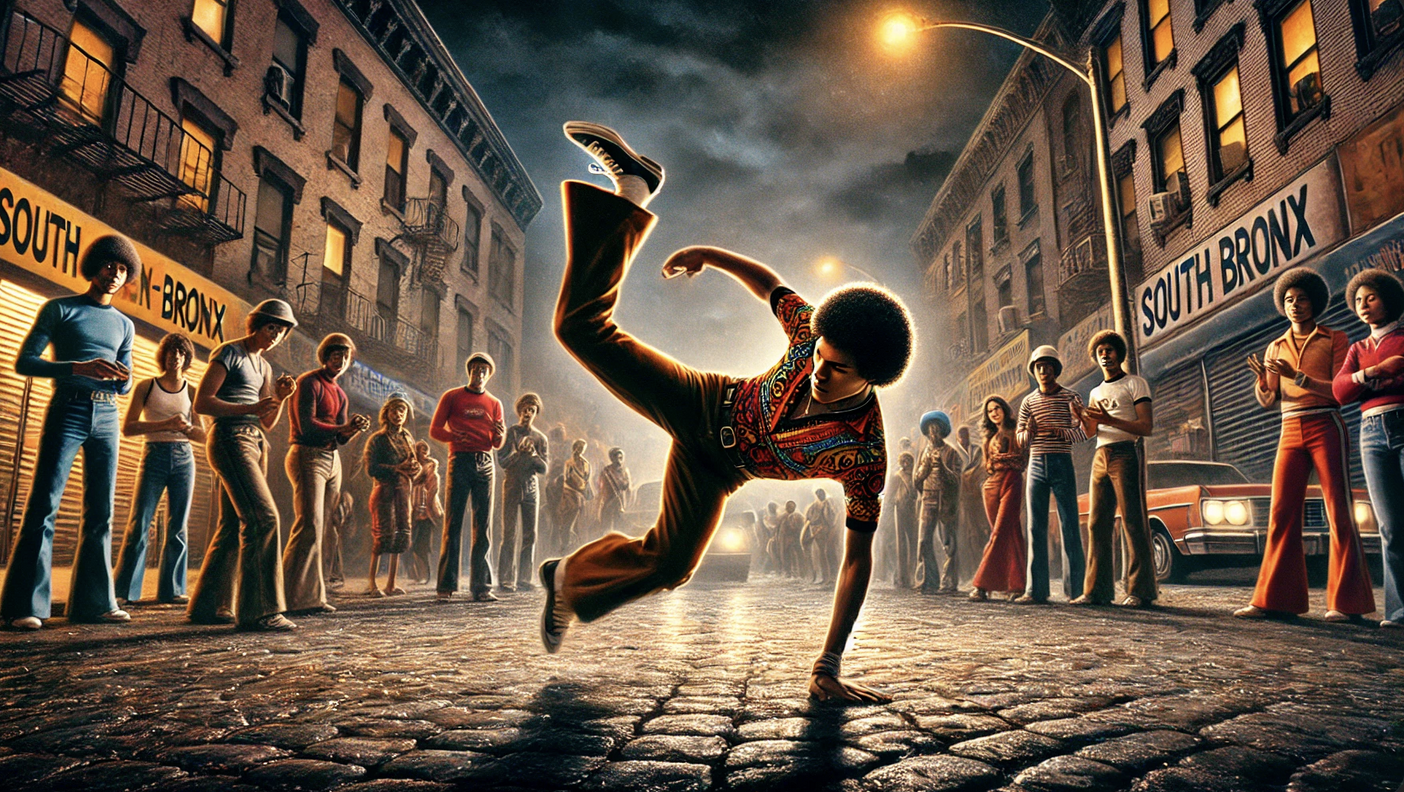In an insightful conversation on Hard Knock Radio, host Davey D. engaged with Hip Hop pioneer Doug “Dancin’ Doug” Colon, delving deep into the origins, evolution, and cultural significance of breaking, especially as it gears up for its historic inclusion in the Olympic Games. The discussion was a nostalgic yet insightful journey that highlighted the roots of breaking, its transformative journey over the decades, and the vital contributions of early practitioners like Dancin’ Doug.
Davey D kicked off the conversation by underscoring the groundbreaking moment of breaking making its Olympic debut. Despite the fanfare around the Olympics, there has been minimal buzz about breaking, especially in the U.S., the birthplace of Hip Hop. “It’s a sad state of affairs,” Davey D noted, emphasizing the need to celebrate and remember the roots and pioneers of this vibrant dance form.
Dancin’ Doug, a first-generation B-boy, shared his journey from Harlem to the Bronx, where he first immersed himself in the burgeoning Hip Hop culture. Reflecting on his early days, Doug recounted, “I started back. I was 15…I went to high school in the Bronx, called Cardinal Hayes.” His journey into breaking began by chance, attending parties at 1520 Sedgwick Avenue and other notable spots like the Twilight Zone and Executive Playhouse.
Doug vividly described the early breaking scene, highlighting the raw, energetic style that set it apart from other dance forms. He explained, “What Kool Herc started doing…He would extend the break. So when you would do something to burn someone…that became break dancing.” This innovation by DJ Kool Herc, extending the breakbeats, allowed dancers to showcase their moves in an unrestrained, competitive manner. The burning moves, as Doug elaborated, were designed to “humiliate somebody, to embarrass them,” a reflection of the intense, competitive spirit that drove the early B-boys and B-girls.
The conversation also touched upon the cultural fusion that breaking embodied. Doug acknowledged the diverse influences that shaped his style, from Charlie Chaplin to Mexican dance forms. He mentioned, “I would do Charlie Chaplin…I would wear a sombrero to cool Herc’s party and throw the sombrero on the floor,” showcasing the eclectic mix of inspirations that fueled the creativity of early breakers.
One of the key aspects discussed was the communal and competitive nature of breaking. Doug emphasized the importance of the dance circles at Herc’s parties, where only the best dancers could compete in the main circle. He remarked, “When the song’s giving the real boost, Coco Rock said, ‘Get to the circle,’…that’s when the real battle and you had to be the best to be in there.” This competitive spirit was not just about showcasing skill but also about earning respect and recognition within the community.
The conversation also delved into the broader cultural impact of breaking and Hip Hop. Davey D brought up the global influence and how breaking transcended racial and ethnic boundaries. Doug passionately rejected the notion that Puerto Ricans were mere guests in Hip Hop, stating, “Anyone who says that Puerto Ricans are guests in Hip Hop is an idiot.” He stressed the integral role Puerto Rican dancers played in the evolution of breaking, asserting, “There is no blacks without Puerto Ricans, there’s no Puerto Ricans without blacks in the big dance period.”
The dialogue then transitioned to the present and future of breaking, especially its inclusion in the Olympics. Doug expressed his pride and humility in seeing breaking reach such a prestigious platform. He shared his hopes for the Olympic breaking teams to incorporate elements of traditional American dance forms, suggesting that a blend of old and new styles could showcase the rich cultural heritage of breaking. Reflecting on the global appeal of breaking, Doug mentioned his interactions with dancers worldwide and their shared passion for the art form. “To see something that you love, that you helped to start…to become something that’s so worldwide and be recognized to see that is beyond words,” he said, encapsulating his sentiments.
In closing, Doug briefly touched on the Breaking Hall of Fame, which he founded to ensure the recognition of pioneering B-boys and B-girls. The Hall of Fame celebrates the contributions of early dancers and preserves the rich history of breaking for future generations. Doug’s pride in this endeavor was palpable as he highlighted the importance of acknowledging the roots and evolution of breaking.
The conversation between Davey D and Dancin’ Doug was a profound exploration of breaking’s origins, its cultural significance, and its promising future. It underscored the need to remember and celebrate the pioneers who laid the groundwork for breaking, now poised to captivate audiences on the world’s biggest stage at the Olympics. Doug can be reached at Dancin’ Doug Travel.



Leave a Reply